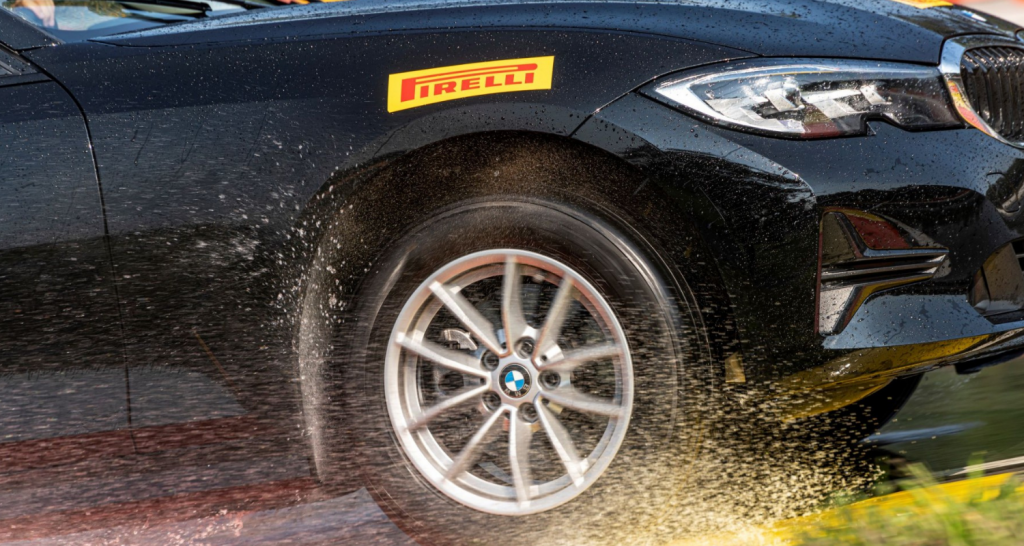There are two types of tires that drivers all over the world can choose from when seasons change – all-season tires and winter tires. Knowing which one to pick is a common hurdle that many face, especially those in countries that have regulations surrounding winter tires.
The key lies in understanding where, when, and how a tire will be used. In most cases, all-season tires are ideal in majority of the situations except for times when a car needs a specific material construction to match its performance.
One thing that you’ll find common in both all-season and winter tires is a marking that helps drivers to identify the type of tire. This could be “M+S” or 3PMSF depending on regulations. The identification guarantees safety and helps drivers to avoid fines.
WINTER FOR DYNAMIC DRIVERS
Summer tires are not ideal during autumn and winter. The low temperatures serve as an opportunity to go for something more appropriate, especially if they drop below seven degrees. Winter tires are the best choice in this case due to their softer compound. They guarantee traction, optimal road-holding, and braking even when temperatures drop below zero. This is especially important on low-grip surfaces. All in all, their adaptability culminates to improved safety and increased comfort.
PIRELLI’S WINTER RANGE
Pirelli has always made sure that it’s wider customer needs are taken care of. For owners of some of the more powerful cars, it offers the P Zero Winter range. Tires here are made in partnership with vehicle manufacturers. A ‘perfect fit’ strategy is adopted to ensure they are made to be a perfect fit for cars they are to be fitted on.
For those that own city cars, urban crossovers, and SUVs, Pirelli offers the Cinturato Winter. The Winter Sottozero 3 is also available for top of the range premium cars and, for the latest-generation SUVs and crossovers, the Scorpion Winter is ideal. If you think that Pirelli forgot vans and light trucks, you’re wrong. The tire manufacturer offers the Carrier Winter range.
ALL SEASON FOR CITY DRIVERS
All season tires are ideal where the car is mainly used for city driving – far from hilly regions. They are the best option where temperatures range between -5°C and +25°C and where not more than 15,000 miles are covered every year.
A typical all-season tire has a balanced design and tread pattern ideal for low and high temperatures as well as wet and dry asphalt driving. It provides versatility and great overall performance. It’s worth noting that these tires will not match the performance of winter tires in winter or summer tires in summer. They, however, are a great compromise in all situations.
PIRELLI’S FOUR SEASONS
Pirelli has a wide range of all-season tires developed for all kinds of vehicles. For starters, drivers that want Pirelli tires of between 10 and 20 inches that they can use in cities can get the Cinturato All Season. These are available with Seal Inside technology which allows drivers to keep driving even in the event of a puncture of up to 4 mm. Those that drive SUVs and crossovers can opt for the Scorpion Verde All Season SF which comes with Self-Supporting Run Flat tires as an option. The Carrier All Season completes the range by providing tires for vans and light commercial vehicles.


